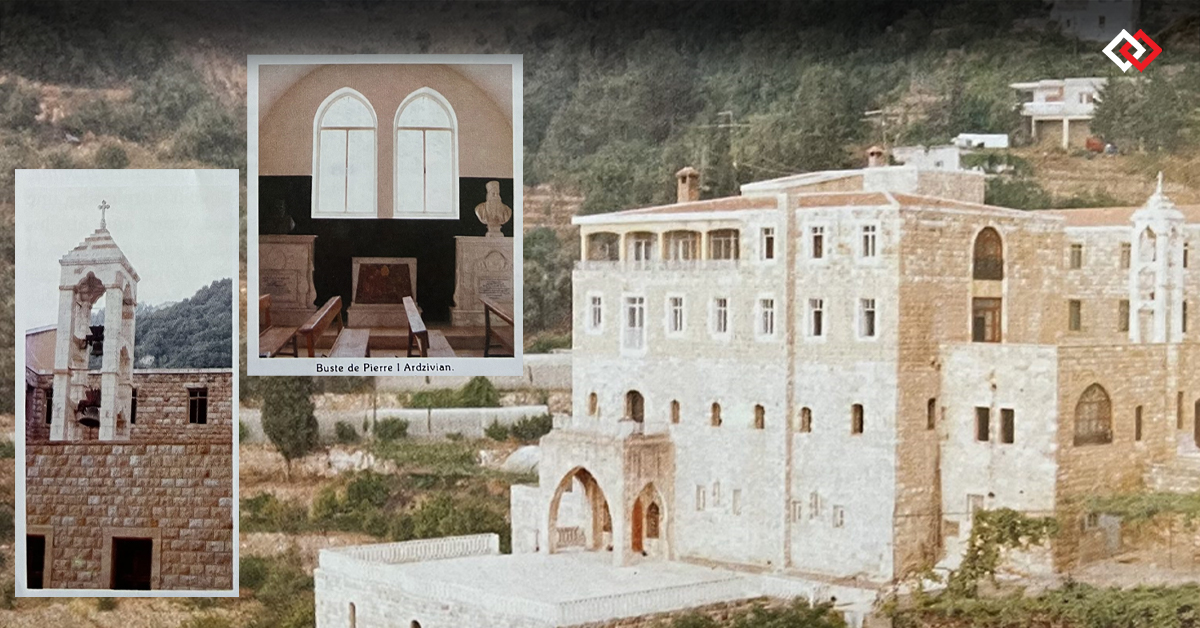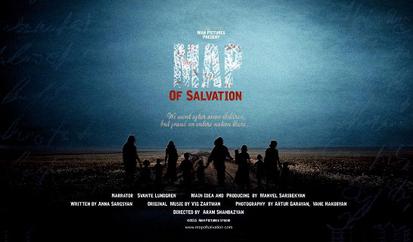The monastery of Kreim, in Ghosta, as well as those of Beit-Khochbao and Bzommar constitute a major architectural wealth and present three invaluable testimonies of the Armenian heritage in Lebanon.
The first Armenian Catholic monasteries date back to the beginning of the XVIII century: the monastery on the island of San Lazaro in Venice, founded by the Mekhitarist fathers, and the one in Gosta in Kesrouan, founded by the Armenian Antonine monks. Both congregations were very fruitful since Venice set up one of the largest Armenian libraries, and the one in Gosta ultimately gave rise to three monasteries of major architectural wealth, including a priceless library. These three testimonies of the Armenian heritage of Lebanon are convent of Gosta itself, along with those of Beit-Khochbao and Bzommar.
The Monastery of the Holy Savior, the first of the three Armenian Catholic monasteries in Lebanon was founded in 1720 on the premises of an old silk factory in the valley of Kreim, in Gosta. After negotiations between the Congregation for the Propagation of the Faith and the Maronite Patriarch Jacques Awad, the Khazen of Kesrouan granted the buildings of the Kreim silk mill to the Armenian Antonine Order.
Kreim is a word of Syriac origin which means vineyard. Surrounded by vineyards and pine trees, the building consists of a single body including the nave of the church. The construction of the monastery began in 1723 and that of the church in 1726.



